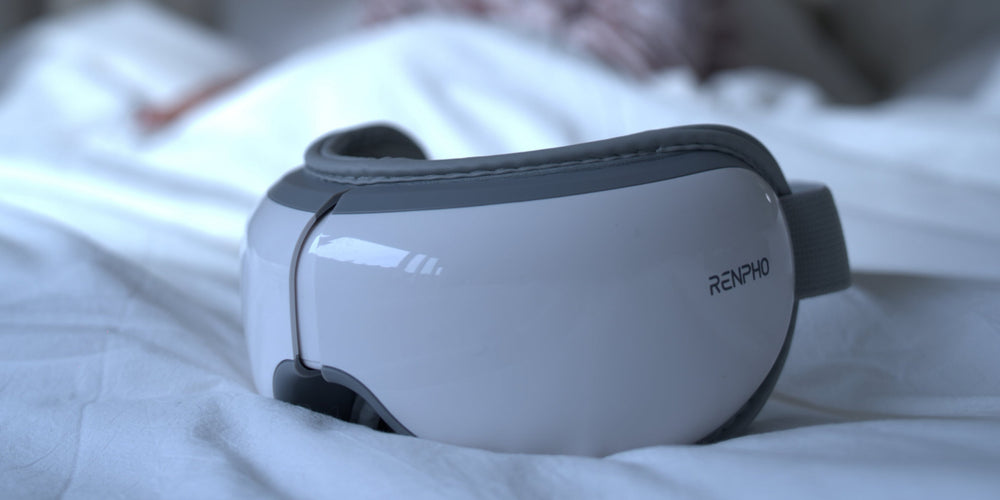In its many various forms, headaches could range in intensity and frequency, starting from mild to debilitating. Distinguishing them from each other may be difficult, as they may have similar symptoms or causes. Let us shift our focus on migraines and tension headaches — two forms of headaches that often get mixed up. We will explore the key differences between migraines and tension headaches, including their symptoms, causes, and triggers. By learning more about migraines and tension headaches, we can find effective strategies for managing and reducing the impact of these headaches on our lives. As two commonly experienced headaches, understanding the differences between these conditions is essential in order to provide accurate relief. Migraines are severe headaches that are often accompanied by other neurological symptoms. These debilitating attacks can last anywhere from a few hours to several days. Common symptoms include intense throbbing or pulsating pain, sensitivity to light and sound, nausea, and blurred vision. Migraine sufferers may also experience an "aura" phase, characterized by visual disturbances such as flashing lights or zigzag lines, which typically occurs before the headache phase. Both tension headaches and migraines can be triggered by various factors, although there are some differences in their specific causes. Understanding these triggers can help individuals better manage and find relief for their headaches. Of course, they do! Migraine pain is typically described as a throbbing or pulsating sensation that is often localized on one side of the head. The pain can be moderate to severe and may last for several hours to several days. Along with the head pain, individuals with migraines may also experience other symptoms such as sensitivity to light, sound, or odors, nausea, vomiting, and dizziness. Some people may also have visual disturbances known as auras, which can include seeing flashing lights, zigzag lines, or blind spots before the onset of the headache. To diagnose migraines, a healthcare professional will typically begin by obtaining a detailed medical history and tracking the patient's symptoms. Key phrases to describe symptoms such as "migraine tension headache relief" can be helpful in distinguishing migraines from tension headaches. Diagnostic criteria, such as those outlined by the International Classification of Headache Disorders (ICHD), may also be used to confirm the diagnosis. With two levels of compression and heat settings, the RENPHO Eyeris 2 Eye Massager allows users to customize their experience to increase their state of calm and relaxation. The gentle massage increases circulation around the eye area, which can help reduce eye strain, a common migraine trigger. Additionally, the device’s ability to relieve eye pressure and prevent dry eye syndrome can be a boon for those suffering from migraines associated with these symptoms. By offering a convenient and portable solution, the RENPHO Eyeris 2 stands out as a therapeutic ally in the fight against the stress and discomfort caused by migraines and tension headaches.Defining the Two

On the other hand, tension headaches are milder and usually present as a dull, aching pain or pressure around the forehead, temples, or the back of the head and neck. Unlike migraines, tension headaches do not typically involve additional neurological symptoms. However, individuals with tension headaches may experience muscle tension or tightness in the scalp or neck. These headaches are often triggered by stress, anxiety, or poor posture.
Differentiating between migraines and tension headaches is crucial as their treatments and management strategies vary. While over-the-counter pain relievers can help alleviate the symptoms of tension headaches, migraines often require prescription medications specifically designed for migraine relief. Moreover, identifying triggers and managing stress levels can be beneficial in preventing tension headaches, while migraines may benefit from preventatives such as lifestyle changes and avoiding triggers.Differentiating Their Triggers

Migraine Triggers: Migraines are often associated with hormonal changes. Many women experience migraines during their menstrual cycle or when they are pregnant. Environmental factors such as bright lights, strong smells, or loud noises can also trigger migraines. Additionally, certain dietary considerations like consuming alcohol, caffeine, or specific foods like chocolate, cheese, or processed meats, can be migraine triggers for some individuals.
Tension Headache Triggers: Tension headaches are often linked to stress and anxiety. Many people experience tension headaches during periods of heightened emotional strain or excessive worry. Muscle strain, particularly in the neck and shoulders, can also lead to tension headaches. Poor posture and ergonomics, such as sitting at a desk for extended periods without proper support, can contribute to muscle tension and ultimately trigger tension headaches.
It is important to note that while both tension headaches and migraines can be triggered by stress, tension headaches are typically directly caused by muscle tension, while migraines are thought to involve more complex neurological processes. Additionally, migraines often come with other symptoms such as nausea, vomiting, sensitivity to light or sound, and visual disturbances, while tension headaches usually present as a dull, aching pain without these accompanying symptoms.Do They Have Pain Levels?

In contrast, tension headache pain is often described as a dull, aching sensation that is typically felt on both sides of the head. It is often characterized by a feeling of pressure or tightness around the forehead or the back of the head and neck. The pain is usually mild to moderate and may last for a few hours to a few days. Unlike migraines, tension headaches are typically not associated with other symptoms such as aura, nausea, or heightened sensitivity to light and sound.
Understanding the differences between migraines and tension headaches is crucial in choosing the most appropriate headache relief methods. Migraine-specific treatments such as triptans or painkillers specifically designed for migraines may be more effective in relieving migraine pain. On the other hand, tension headaches can often be relieved through techniques that promote relaxation, such as stress management, relaxation exercises, applying heat or cold to the affected area, and over-the-counter pain relievers.What About There Diagnosis? Are They Different As Well?

Diagnosing tension headaches involves a physical examination and the exclusion of other conditions that may be causing the headaches. The healthcare provider may examine the head, neck, and shoulders to check for muscle tenderness or tension. It is important to differentiate between tension headaches and migraines in order to provide appropriate treatment.
Treatment options for migraines and tension headaches may vary depending on the severity and frequency of the headaches. Medications, such as pain relievers or specific migraine medications, can be prescribed to alleviate the symptoms. Lifestyle adjustments, such as managing stress, maintaining consistent sleep patterns, and practicing relaxation techniques, can also help provide relief. Home remedies, like applying cold or warm compresses to the head or neck, may be useful in alleviating tension headaches. Additionally, alternative therapies like acupuncture or biofeedback can be considered as complementary treatment options.
Renpho Health Tips
-

Beyond Hot Flashes: Confronting Menopause-Induced Migraines
June 11, 2024
Read more >
-

Migraine Sufferers Beware: 5 Surprising Foods That Can Trigger Attacks
June 11, 2024
Read more >
-

7 Proven Strategies to Effectively Manage Migraine Attacks
June 5, 2024
Read more >
-

Unveiling the Relief: Eye Massagers as a Headache Healer
March 21, 2024
Read more >
-

Optimizing Productivity: How Long Should a Power Nap Be for Maximum Effectiveness?
April 16, 2024
Read more >
